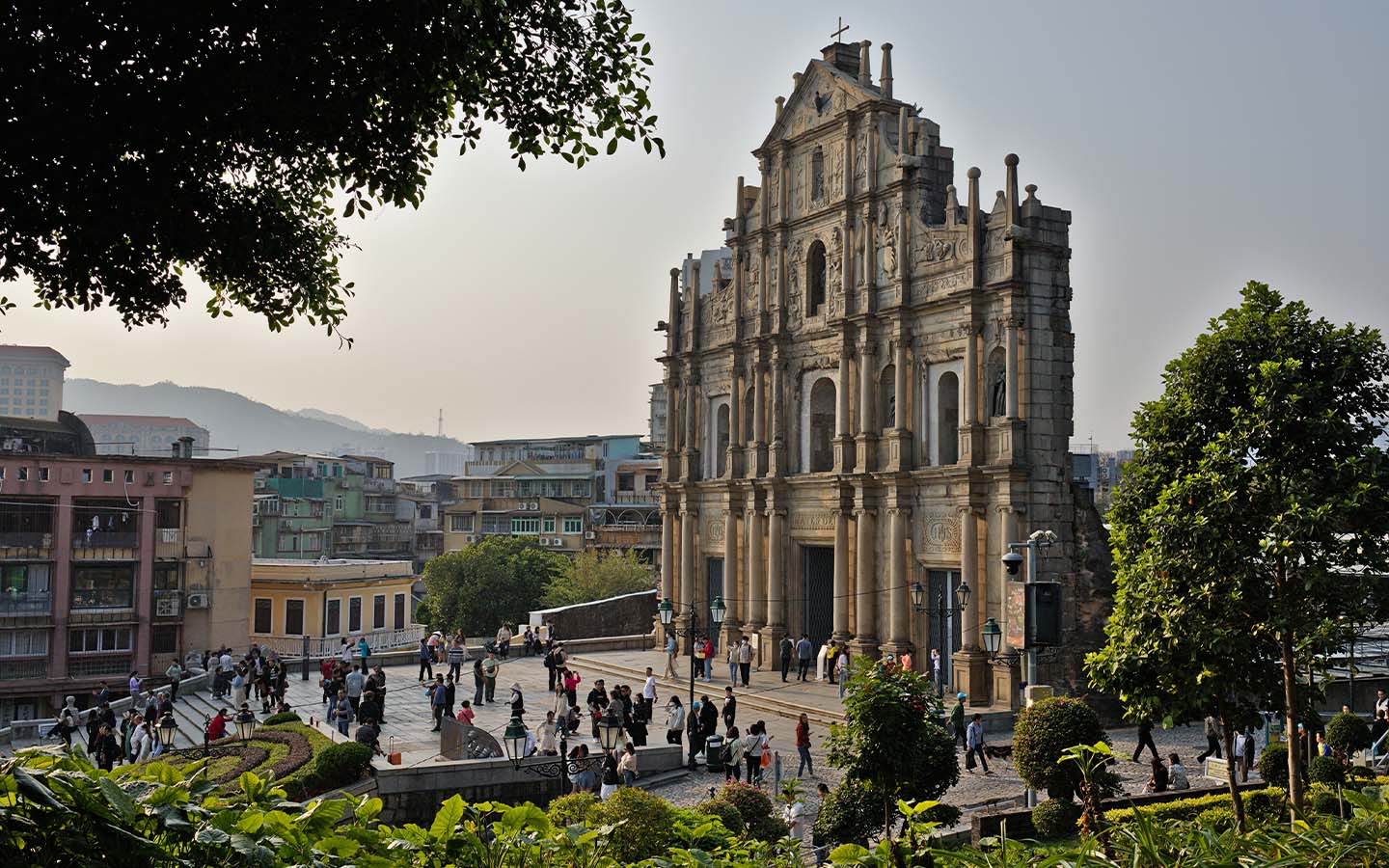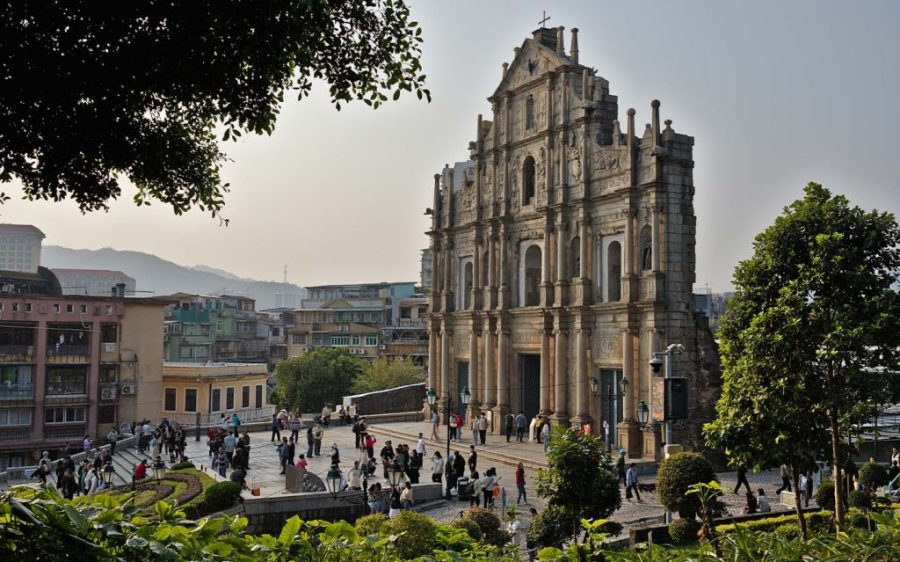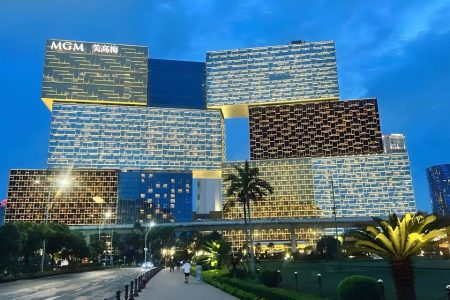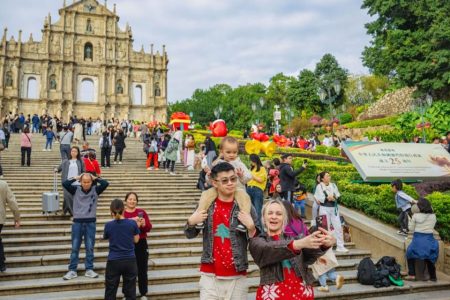Macao’s Golden Week tourism surge is expected to add more than 1.2 million to the nearly 27 million visitors who arrived during the first eight months of 2025, which itself was a 15 percent increase from the same period a year ago. Early spring concerns about a softer outlook have quickly dissipated following the summer boom, with August’s 4.2 million representing the highest monthly total on record.
Alongside the rise in international arrivals, the rebound in returning visitors underscores Macao’s evolving tourism profile. During the first half of the year, first time visits rose by 9 percent while those making more than three trips within a twelve-month period (“three-peaters”) jumped by 17 percent, according to data analysed by Macao News.
[See more: Macao set a new monthly visitor record in August]
Given their traditional dominance in Macao tourism data, those coming from mainland China accounted for the bulk of three-peaters, followed by those from Hong Kong, a general trend which mirrors the overall visitor composition. However, as a percentage of its own market category, almost a third of Hong Kongers made at least three trips to Macao – higher than any other origin market, where three-peaters normally account between 2 to 6 percent of the total.
A tourism campaign closer to home
The findings shouldn’t come as a surprise. Geographic proximity and the ease of travel between the SARs offer logistical advantages. In the first half of the year, over 170,000 Hong Kongers made six plus trips into Macao, surpassing their mainland Chinese counterparts by 40 percent.
But with the tourism arrivals inching closer to 40 million, the conversation urgently needs to shift from quantity to quality, comments Glenn McCartney, an associate professor in integrated resort and tourism management at the University of Macau.
“Given what this data tells us, it becomes important to think about creative campaign strategies that address many of the economic challenges that our tourism industries continue to face,” McCartney shares with Macao News, highlighting the learning opportunity at hand to bring in tourism dollars without burdening the local population with greater social costs.
[See more: Macao’s average hotel occupancy rate rises slightly in August]
As a segment, Hong Kongers account for a fifth of total visitors, making them a prime demographic to test differentiated campaign initiatives, such as promoting foot traffic to lesser known parts of Macao to mitigate long-standing issues like over-crowding or congestion in traditionally popular areas.
“Because repeat visitors have a ‘to-do’ list in mind, if we want them to patronise underexplored neighbourhoods and support those businesses, those attractions need to be presented to them before they board the bus or ferry, meaning the marketing begins on the Hong Kong side,” McCartney comments. He adds that repeat tourists tend to fall back to familiarity out of convenience, which could impact high density areas and amplify crowding.
That strategy of marketing closer to home could have transformative implications, especially if Hong Kong’s visitor profile serves as a bellwether for other countries that may also see a rise in three-peaters themselves. There are already sizable numbers to work with. In 2024, more than 1.8 million three-peaters came from mainland China, Macao’s largest tourism market by far.
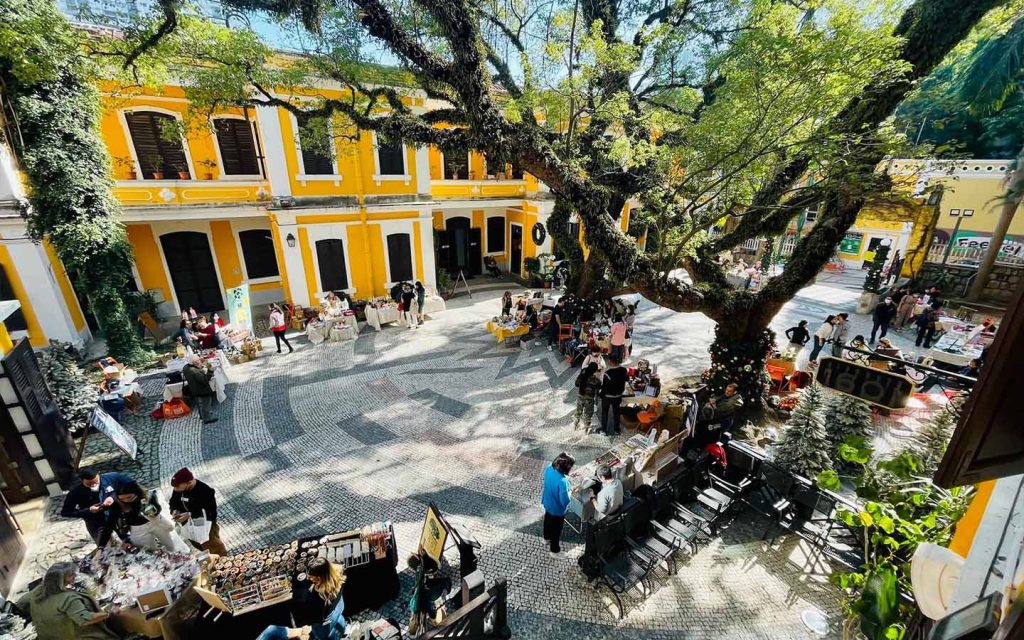
Walking a fine line
Balancing the headcount matters. With under 50,000 hotel rooms available, cyclical demand for accommodations places a heavy strain during peak demand, Macao’s total land bank of 33.3 square kilometres is roughly thirty times smaller than Hong Kong’s, despite bringing around the same number of tourists.
However, there are advantages to being a densely packed city: everything becomes walkable. “Many don’t realise how convenient Macao is for pedestrians” comments Ricardo Balocas, general manager of Portuguese Restaurants & Retail Concepts, whose restaurants include Albergue 1601 located in the St. Lazarus quarter just behind Mount Fortress.
[See more: Macao records over 300,000 visitors in the first two days of the ‘golden week’ break]
The Lisbon native underscores the proximity of major heritage sites nearby. “Our restaurant is just a five-to-ten-minute walk from Senado Square; and from St. Lazarus’ Church, the Lou Lim Ioc Garden is only a five-to-ten-minute walk away, which is only a five-to-ten-minute walk to Kun Iam Temple,” he gestures, saying he too finds himself recommending customers to head to those places and skip places prone to bottlenecks.
“My guests always appreciate that local insight, but whether they go is really determined if they’ve done previous research or if they are familiar with the area,” Balocas shares.
Macao’s popularity among Gen Z travellers
Considering Macau’s 40-million tourism mark is sitting on the periphery, operational challenges are presented, but so too are opportunities. According to a survey conducted by business intelligence provider MDRi, Macao was chosen as a more popular destination than Singapore for the Golden Week holiday among affluent Gen Z travellers from mainland China.
[See more: Macao could be in for a record tourism performance in 2025, says academic]
Within the segment of travellers who said they would tack on a trip to Macao on the same itinerary to Hong Kong, 37 percent of respondents cited proximity and travel convenience as one of the top reasons to swing for a dual destination experience. Regarding potential expenditure, respondents revealed they planned to spend four times as much on shopping and food than on accommodation.
“Any deep insight that we can obtain on visitors and their spending patterns is extremely valuable,” McCartney says, adding that the question is how to respond to the intelligence.
A saturation point is approaching where crowd congestion could dampen visitor experiences. An extra day of 150,000 plus arrivals during Golden Week might discourage future repeat travellers, meaning lower frequency visitors who gravitate towards more popular sites and amplifying over tourism without the additional tourism spend, he says.
